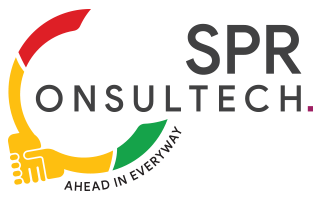In the world of industrial manufacturing, efficiency is the key to success. Lean manufacturing, a philosophy that focuses on eliminating waste and maximizing value, is at the forefront of achieving operational excellence. This blog explores the principles of lean manufacturing and how it streamlines operations to boost efficiency and productivity.
Eliminating Waste
At its core, lean manufacturing seeks to eliminate waste in all its forms, which includes overproduction, excess inventory, unnecessary waiting times, transportation inefficiencies, and more. By identifying and reducing these wasteful elements, companies can significantly cut costs and improve operational efficiency.
Continuous Improvement
A fundamental aspect of lean manufacturing is the commitment to continuous improvement. It encourages a culture of ongoing refinement, where employees at all levels actively participate in identifying inefficiencies and suggesting improvements. This constant cycle of improvement enhances productivity over time.
Value Stream Mapping
Value stream mapping is a critical tool in lean manufacturing. It involves analyzing every step of the production process to identify value-adding and non-value-adding activities. By optimizing these processes and eliminating non-value-adding steps, companies can reduce lead times and costs.
Quality Control
Lean manufacturing places a strong emphasis on quality control. By implementing processes that focus on getting things right the first time, companies reduce the need for rework, which not only saves time but also ensures consistent product quality.
Pull System
In a lean manufacturing system, production is driven by customer demand rather than forecasts. This “pull” system ensures that products are only manufactured when there is an actual need, reducing excess inventory and waste.
Employee Involvement
Employees are an invaluable resource in lean manufacturing. Engaging workers in the improvement process empowers them to take ownership of their roles and actively contribute to efficiency gains.
Lean Tools and Techniques
Various lean tools and techniques, such as 5S (Sort, Set in order, Shine, Standardize, Sustain), kanban, and poka-yoke (mistake-proofing), are employed to enhance efficiency and minimize errors.

